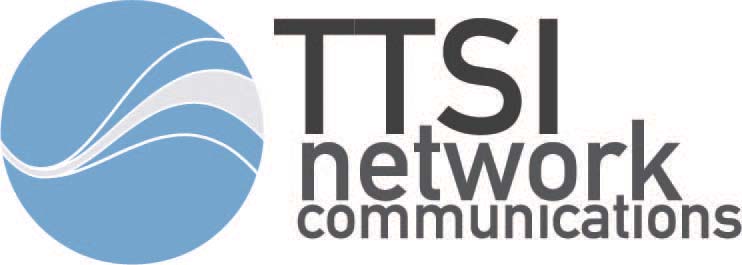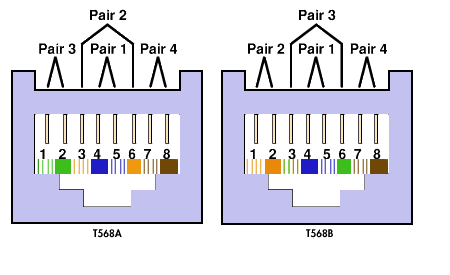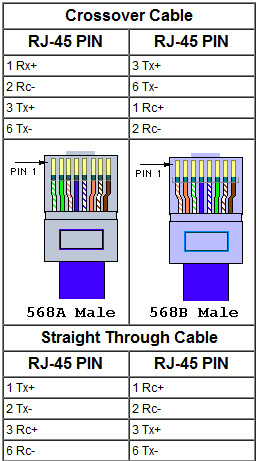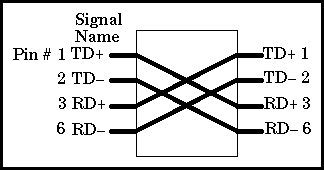EIA/TIA 568A & 568B Standard
There are four basic modular jack styles. The 8-position and 8-position keyed modular jacks are commonly and incorrectly referred to as RJ45 and keyed RJ45 (respectively). The 6-position modular jack is commonly referred to as RJ11. Using these terms can sometimes lead to confusion since the RJ designations actually refer to very specific wiring configurations called Universal Service Ordering Codes (USOC).
The designation ‘RJ’ means Registered Jack. Each of these 3 basic jack styles can be wired for different RJ configurations. For example, the 6-position jack can be wired as an RJ11C (1-pair), RJ14C (2-pair), or RJ25C (3-pair) configuration. An 8-position jack can be wired for configurations such as RJ61C (4-pair) and RJ48C. The keyed 8-position jack can be wired for RJ45S, RJ46S, and RJ47S.
The fourth modular jack style is a modified version of the 6-position jack (modified modular jack or MMJ). It was designed by Digital Equipment Corporation® (DEC) along with the modified modular plug (MMP) to eliminate the possibility of connecting DEC data equipment to voice lines and vice versa.



